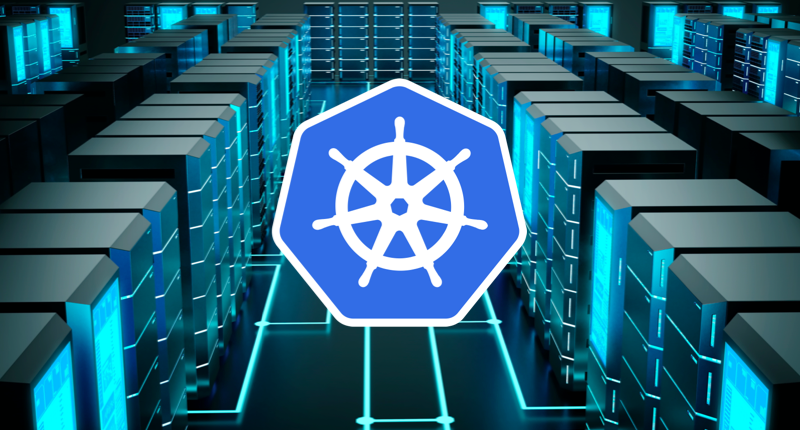The adoption of Kubernetes has snowballed over the last few years. Enterprises have started using Kubernetes to streamline their workloads and enhance their productivity. It is reasonable to say that K8 has the potential to offer seamless benefits to enterprises who are looking to venture into the world of the cloud.
Before we dive deeper into it, let’s understand the what and why of Kubernetes.
Kubernetes on-premise is a portable, extensible, open-source platform for managing containerized workloads and services, facilitating declarative configuration and automation. It has a large, rapidly growing ecosystem. K8’s services, support, and tools are widely available and it’s a tool that is becoming indispensable for containerization.

Kubernetes On-Premise
Despite a drastic shift towards cloud-native infrastructure, many organizations do not wish to move away from their on-prem infrastructure. However, they still want to benefit from Kubernetes to bring cloud-native features such as increased scalability, high availability, and flexibility to the on-prem workloads. It has proven to ease migration with cloud-native workloads.
On-Premises + Kubernetes
Why do organizations choose the path of running Kubernetes in their own data centers, compared to the relative “cake-walk” with public cloud providers? There are typically a few important reasons why an Enterprise may choose to invest in a Kubernetes on-premises strategy.
Here are a few of them.
1) Compliance and Data Privacy
2) Business Policy Reasons
3) Being Cloud Agnostic to Avoid Lock-in
4) Cost
Adding cloud-native functionality to your on-premises workloads can be challenging. The on-premises K8 setup requires starting from scratch. Enterprises looking to venture into this territory need a designated team of K8 experts who can set everything up.
Let’s take a look at some overarching challenges with K8.
Top 5 Challenges Running Kubernetes on-premises
Here are five notable Kubernetes challenges.
ETCD
One of the key challenges is managing highly available etcd clusters. As the etcd cluster achieves high availability by tolerating minor member failures, you need to take frequent backups to ensure business continuity in case the cluster goes down and the etcd data is lost.
Load balancing
There are two main steps involved in containerizing applications and deploying them on K8: deploying the application and exposing it to external and internal users. And as your application grows, providing it with Load Balanced access becomes essential. One of the important challenges is to make sure that load balancing is available for both your cluster master nodes and your application services running on Kubernetes.
Availability and Auto-scaling
While implementing Kubernetes on-premise, it is critical to ensure that your Kubernetes infrastructure is highly available having multiple K8 clusters, across different availability zones. Auto-scaling for the nodes of your cluster is equally essential to scape up and scale it back as per the needs.
Networking
The old-fashioned networking methods are not very much compatible with Kubernetes. Due to that, the challenges increase along with the scale of your deployment. Moreover, the networking is very specific to your data center configuration.
Monitoring
You will need to invest in tooling to monitor the health of your K8 clusters in your Kubernetes on-premise environment. If you have existing monitoring and log management tools like Datadog or Splunk, most of them have specific capabilities around Kubernetes monitoring. Or you may consider investing in an open source monitoring stack designed to help you monitor K8 clusters such as Prometheus and Grafana.
Final Thoughts
Kubernetes is not hard to implement, it is the operations that can make it hard to set up. Overall having Kubernetes on-premise is a necessity for businesses. It allows a high level of availability and flexibility which wasn’t possible in the existing infrastructures. In the future, implementing on-premises K8 will get easier opening many avenues for organizations to switch to hybrid cloud. For instance, Azure Kubernetes Service (AKS) offers the quickest way to start developing and deploying cloud-native apps, with built-in code-to-cloud pipelines and guardrails. Enterprises can have the freedom to manage the workloads they want to keep on-prem or on the cloud platform making it even more efficient.





